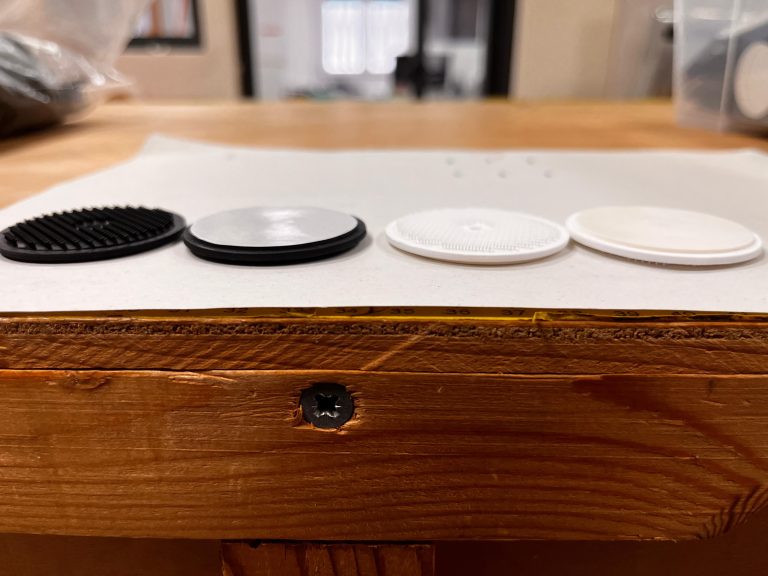 BOREA is a sailing boat sustainable concept developed by four students of Master in Yacht Design MYD at Poli.design, consorzium of Politecnico di Milano, during their training activity. The international design team named APRÈS NORTH was founded by young professionals with different backgrounds: Federico Maranca, naval mechanical engineer from Argentina, Michele Basile product designer, Mario Calani, interior designer from Italy, and Nikol Naz Lebbink, interior designer from Turkey.
BOREA is a sailing boat sustainable concept developed by four students of Master in Yacht Design MYD at Poli.design, consorzium of Politecnico di Milano, during their training activity. The international design team named APRÈS NORTH was founded by young professionals with different backgrounds: Federico Maranca, naval mechanical engineer from Argentina, Michele Basile product designer, Mario Calani, interior designer from Italy, and Nikol Naz Lebbink, interior designer from Turkey.
The solution
Facing the sustainability issues in yacht design, the project is focused on environmental friendly solution in many parts of the boat, from concept to production, from material to systems. But with her Environment friendly concept, the second aim of this project is to create the most comfortable cruising experience for her owner.
BOREA’s hull structure is made of fully aluminium alloy. The choice of this material is highly related to the projects concept of recyclable solutions for structures and of low- waste production techniques. Furthermore, aluminium is an ultimate choice material for shipbuilding, because it is light, strong, robust, durable, easy to repair and maintain. Besides its strength and durability aluminium’s high resistance of corrosion and to the structural fatigue made it an important material used in the nautical industry. All characteristics and proprieties that make this construction technique safe and suited to blue water sailing.
When sailing boat is not powered by wind, two proposals for engine propulsion are developed in this project: an hybrid option (diesel and electric) and a fully electric one. In the hybrid option the main engine (Steyr Motors SE196E35), with electric engine (HM560 + ME 35kW300Vcc + TM170 transmission) complies with the latest regulations issue by SOLAS, RCD II, EPA III, EIAPP/MARPOL IMO Tier II, BSO II, ZSUK 2004/26/EG, RMRS, CCS, RINA. The fully electric option is powered by a EM300-100-(PM) nominal power electric motor 100 kW at 3000 rpm, Revermatic 11-700RBD marine transmission. In both the proposals LifePO4 batteries are used. Lithium iron phosphate batteries operate much lower resistance and consequently recharge at a faster rate than traditional lead-acid batteries. Furthermore, LifePO4 batteries weighting about 1/4 less than lead-acid batteries and provides twice the battery capacity in the same amount of space. In the engine room for saving energy and reusing it, there is a water pressure tanks to ensure the pressure in the system and also help to lower the working cycles of the pumps. Next to these water pumps a Vetus-WHT075 water heater works with full electrical supply and also with the cooling water of the main diesel engine. When the hybrid engine is working is also heating water for the boiler. Also a circulation pump is provided in the engine room for winter times, with a boiler to work not only to heat the hot water service system but also the hydronic heating system. As last, a solar panel system supports the not-traditional engine propulsion in service duty.
Geometrical shapes
The exterior design of BOREA is futuristic but highly modern day design. The main focus of the deck layout is to be as much as comfortable as the interior without taking away space from it, and enhancing it. So the design of the exterior has started from the wide window above the saloon, giving it a better connection with the outside and more light. Her large fairly flat area, allows an ideal and easy spot for placing a large amount of solar panels. Coming astern we get into the deck saloon, very spacious with its 3.5×2.5m area allowing enough space for all guest on board. The exterior dining tables have being separated by an aisle to allow a straight and easy access to boat interior, and they can be pushed down at sofas height to become two nice bedding for relax. Behind the couches another area of the deck is kept free for guests extra room. Covered with mattresses it become another huge chilling spot to get some sun and enjoy the sea. Last but not least we have the cockpit, even here the team were able to keep a fair setup with enough space for a comfortable handle of the winches. All ropes for manoeuvring are running below the deck and coming out from the superstructure just in front of the winches.
Talking about the comfort of the interior, the first eye catching detail is the separation between owners and crews privacy areas. For achieving the separation the circulation of crew cabin is connected with the galley at the bow part. The master cabin is at stern part of the boat with its private walk-in closet and bathroom. We have two guest cabins in this project: one VIP and one standard. A total number of 8 gest and crew are hosted on board.
Interior material selections is made favouring bright colours, such as cream beige textiles and light oak wood texture, to make interiors fresh and more liveable. As the systems developed in the project, the interior design materials are all sustainable and or recycled materials. The upholstery textiles in both interior and exterior seating is Wujiang textile which is 100% polyester re-cycled, breathable and water proof fabric. For what concern less use of wood and light weight issues, the design team choose to use oak wood laminated plywood honeycomb panels for bulkheads, curved surface designs, and Kvadrat’s solid textile boards recycled from left over materials.
From concept to production, from material to systems, this multicultural design team faces sustainability issues in yacht design with environmental friendly solutions in many parts of the boat.







